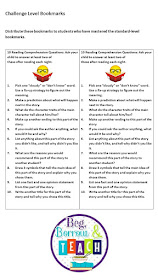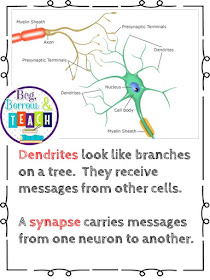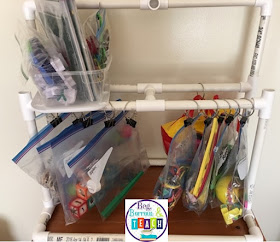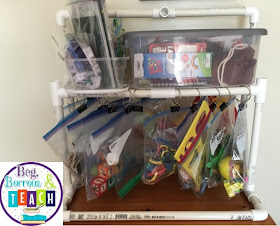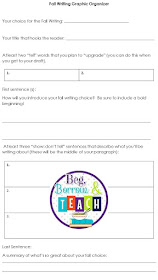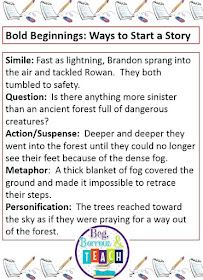1. A quick and effective way to involve parents in nightly reading?
2. An alternative to a reading log that still holds students accountable for what they read?
3. A supplement to your current reading log that keeps things fresh?
2. An alternative to a reading log that still holds students accountable for what they read?
3. A supplement to your current reading log that keeps things fresh?
I came up with this idea when parents were asking me for an alternative way to assess their child's nightly reading comprehension, rather than just signing the Reading Log. I sat down and thought about the core questions that would demonstrate an overall understanding of any text. This is how my Reading Comprehension Bookmarks were born.
Using the bookmarks instead of a Reading Log:
Using the bookmarks instead of a Reading Log:
I have parents choose 2 of the questions on the bookmark to ask their child each night after reading, and write the number of the questions asked in their child's agenda. I ask parents to choose different questions each night, so different levels and concepts of comprehension are tested.
Using the bookmarks with a Reading Log:
If
the reader truly understood what they
read, they should be able to answer all of them correctly. If the reader is unable to answer, they
should go back and reread that portion of the text.If
the reader truly understood what they
read, they should be able to answer all of them correctly. If the reader is unable to answer, they
should go back and reread that portion of the text.
Using the bookmarks with a Reading Log:
I've used them in conjunction with a Reading Log. In this case, I still have parents sign the reading log and there is a section to indicate which numbers of the questions from the bookmark were asked that night.
I've found both ways to be effective, depending on the needs of the student and parent. This is a great way to differentiate reading comprehension homework.
If you'd like to pick up a copy, click here.
If you'd like to pick up a copy, click here.


